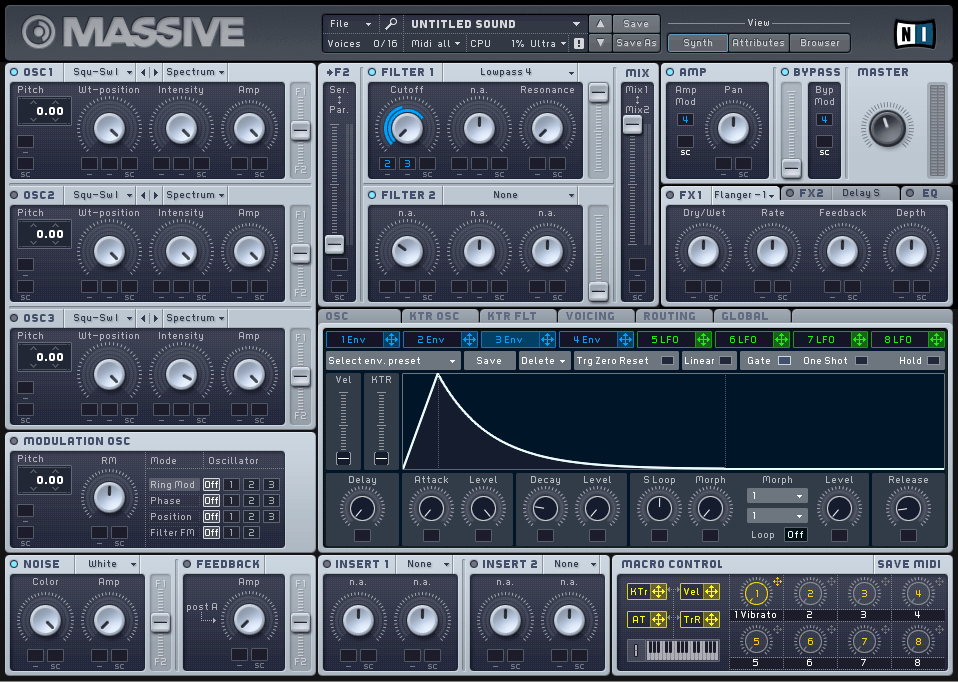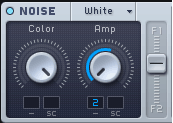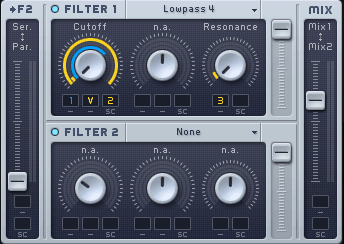Using presets right out of the box is fine, but sometimes you want to add more character to your sounds.
Fortunately, it doesn’t have to be a time-consuming and difficult process.
There are 4 quick and easy techniques that you can use to add character and texture to plucks, basses, and leads:
- How to use white noise to accentuate the transient
- How to use pitch modulation to make your sound PUNCHY
- How to use LFO modulation to create unique leads
- How to use TWO filter cutoff envelopes to fine-tune your sound
Let’s dive in. (Feel free to watch the video tutorial, or follow the text + image version).
If you’re designing a sound, take a simple pluck for example, you may find that it lacks the initial punch and transient that you so desire. Fortunately, it’s an easy fix.
There are two common ways to add transient to a sound. The first one being the use of white noise.
1. Use White Noise to Enhance the Transient
Having a very short stab of white noise at the start can often add a more perceived transient to your sound, especially if your sound doesn’t have much content in the high-end of the frequency spectrum.
Here’s an example of a pluck sound without the white noise transient, and with it:
How it’s done
- Turn on the Noise section in Massive
- Choose White noise and have the color all the way to the right, max
- Have the Amp turned all the way down (we’ll be modulating this)
- Select an unused Envelope in Massive and draw a very short decay curve, like so
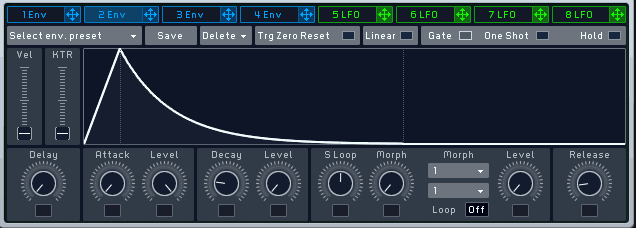
- Modulate the Amp to around halfway using the newly created envelope. By itself, this should give you a very short white noise stab
- Finally, play around with the filter mix settings and filter routing settings until you get the sound you want. Here are mine:
Try using different kinds of noise oscillators for different sounding transients!
2. Use Pitch Modulation to Enhance the Transient
Let’s take the same chord progression and pluck, but get rid of the white noise. How else can we add some transient to this sound?
Pitch modulation.
I’ve covered it in past videos, but for those of you who aren’t aware of what it is, I’ll explain.
Pitch modulation is simply modulating the pitch of an oscillator so that it changes over time. In this case we’ll be modulating OSC1 (which is the only oscillator I’m using), so that it starts off at a higher pitch and travels down, creating a transient.
Here’s how it sounds:
How it’s done
- I first took the same envelope used for the white noise technique and reduced the decay a little.
- I then automated OSC1 up 64 semitones
If your pluck sound has more than one oscillator then you may get better results modulating all of them.
Note, the key here is subtlety. Having too much pitch automation will turn your pluck into a lazer!
3. Use LFO Modulation to Create a Unique Lead
Ever wondered how those big monophonic, euphoric trance leads are created? I’m talking tracks like Skyfire, any Gaia track. You get the idea…
LFO pitch modulation. Very fast LFO pitch modulation.
Here’s a simple melody with and without LFO pitch modulation:
Pretty cool huh?
How it’s done
- Take a simple patch (I just used the stock Massive ‘new sound’
- Take LFO 5, or any unused LFO and modulate the pitch of OSC1 with it. Not by much (I chose 8 semitones)
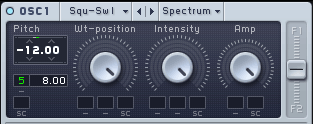
- Finally, turn the Amp down on the LFO and play with the Rate setting until you find the sweet spot! Here’s mine:
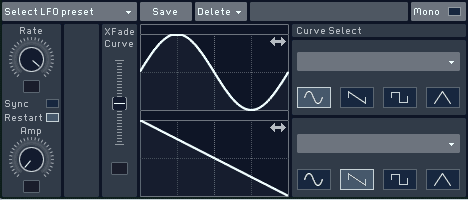
4. Using Two Filter Cutoff Envelopes
I know you’ve been holding out for a bass sound, so here it is!
Using two filter cutoff envelopes can be a great way to achieve different characteristics in your sound. By using two different envelopes, one with a long decay and slower attack, the other with a short decay and snappy attack, both modulating at different amounts, you get a sound that can’t be achieved by just one.
Here’s an example with and without the second envelope modulating a LP filter in Massive:
You could say that it just adds transient, but to my ears it adds a lot more. It sounds like two sounds layered together, almost.
How it’s done
- Create an envelope with a relatively long decay and some attack. This will be our main envelope
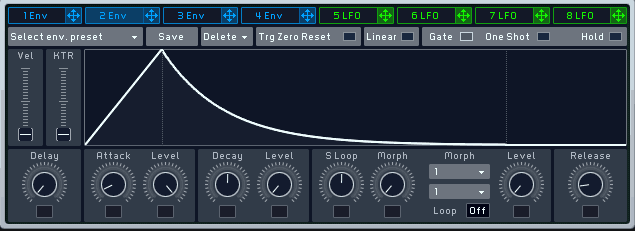
- Create another envelope with less decay and a fast attack. This will be our second envelope
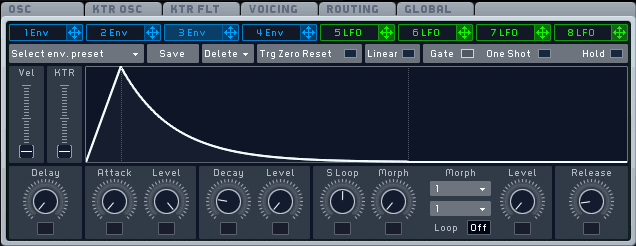
- Finally, modulate a LP filter with the two envelopes. I like to use the second envelope to modulate a little further than the main one
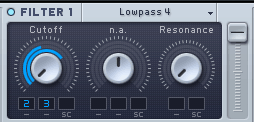
Pretty straightforward, but useful!
Wrapping it Up
These techniques aren’t going to make you the next Noisia or BT, but they’ll certainly add a little edge to your sound design if used right. They may even lead you to use different sound design techniques out of curiosity!

